Why is hydrogen assigned different colors?
In 1875 the French Novelist Jules Verne published The Mysterious Island in which the protagonist Cyrus Smith envisioned a solution to the perceived inevitable exhaustion of coal: “Water, decomposed into its primitive elements, by electricity. (…) I believe that water will one day be employed as fuel, that hydrogen and oxygen which constitute it, used […]
Where is new wind power in the United States being built?

Modern wind energy in the United States began in California in the early 1980s with several wind farms in mountain passes in central and Southern California. By the mid-1980s California accounted for more than half of the wind-generated electricity in the world. Most of those projects are still in operation today, albeit with upgraded/ infrastructure. […]
Fuel energy density: What is it and why is it important?
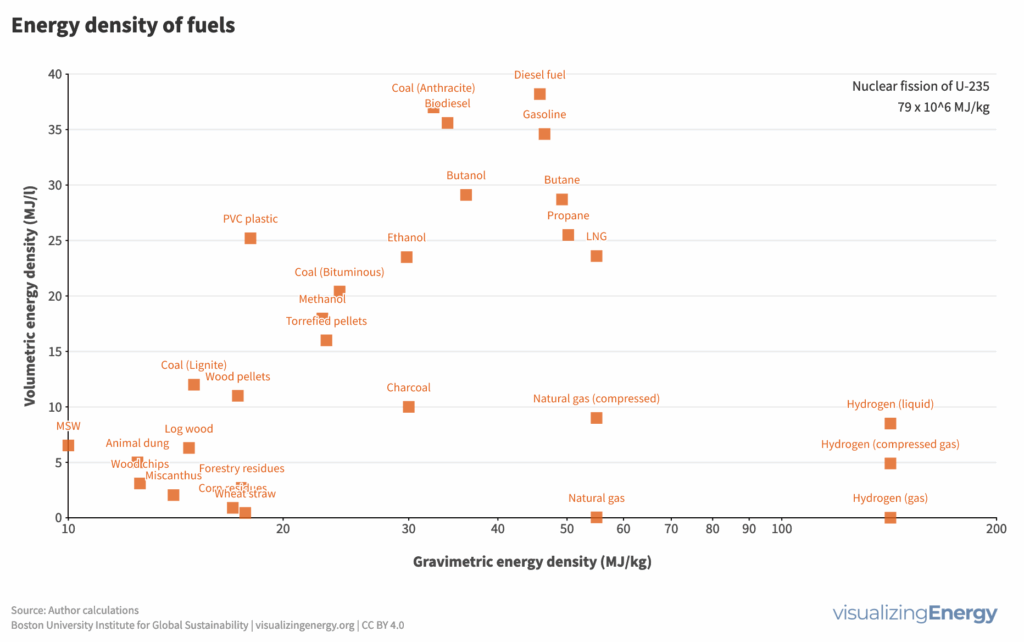
Fuels like wood, diesel, and natural gas have shaped human energy history, driven by technological, economic, and environmental forces. Liquid fuels from oil, with their high mass and volumetric energy density, led to their supremacy in transportation. Shifts in fuel types also influence the devices that convert them into energy services.
The decommissioning of wind turbines in the United States

More than 86,000 wind turbines were built in the US from 1981 to early 2024, with over 11,000 decommissioned since 1992. Decommissioning presents waste management challenges, especially with the difficult-to-recycle turbine blades. Research is ongoing for recyclable blades, such as those made from plant material, to address the issue.
What countries have the greatest hydropower capacity?

Dams serve various purposes such as navigation improvement, flood control, and electricity generation. There are over 40,000 dams worldwide, with significant hydroelectric capacity. The environmental impact of these large projects, including disturbance of ecosystems and displacement of communities, must be carefully assessed and balanced with their low-cost and low-carbon benefits.
Ethanol in the United States
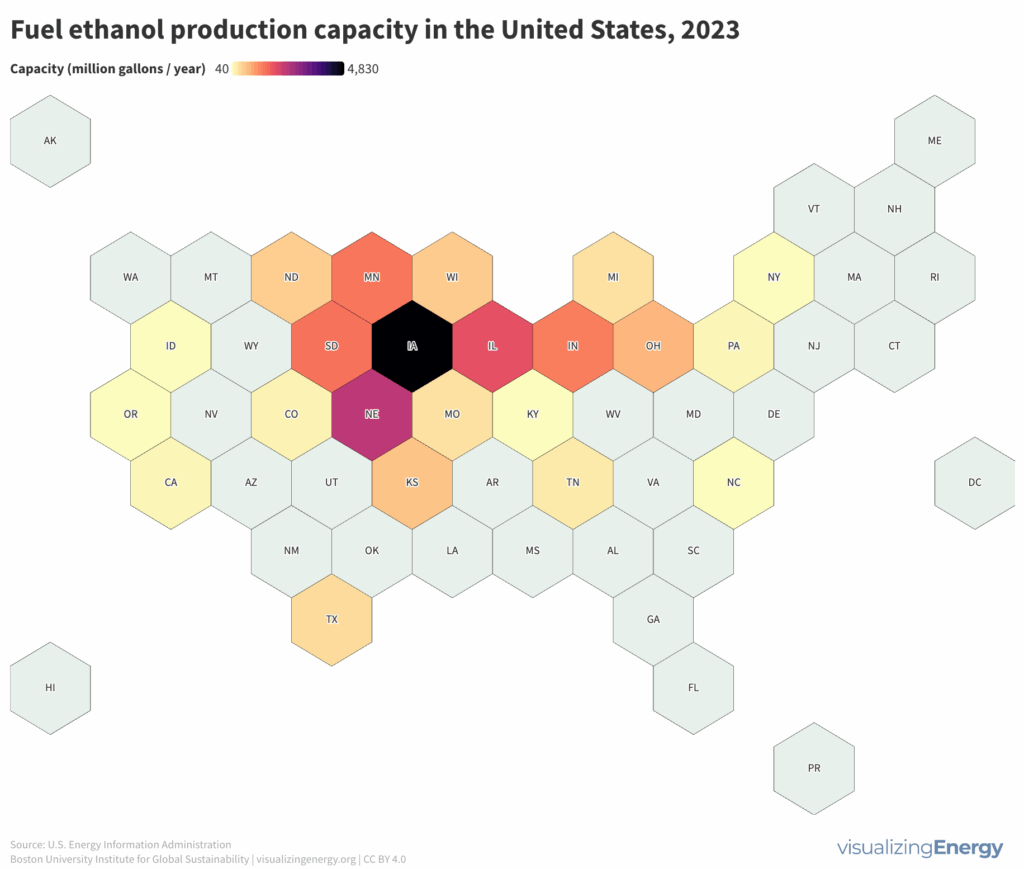
Henry Ford’s early vehicles ran on ethanol, which became commercially significant in the 1970s after the phase-out of lead in gasoline. Ethanol blending has been supported by various government policies, including tax incentives and the Renewable Fuel Standard. Ethanol production surged, particularly in the Midwest, driven by high corn production. While ethanol offers economic and environmental benefits, it also raises concerns about environmental impacts and the efficacy of subsidies. Changes in ethanol demand significantly affect corn prices and agricultural practices.
Explore the world’s hydropower plants in 2022
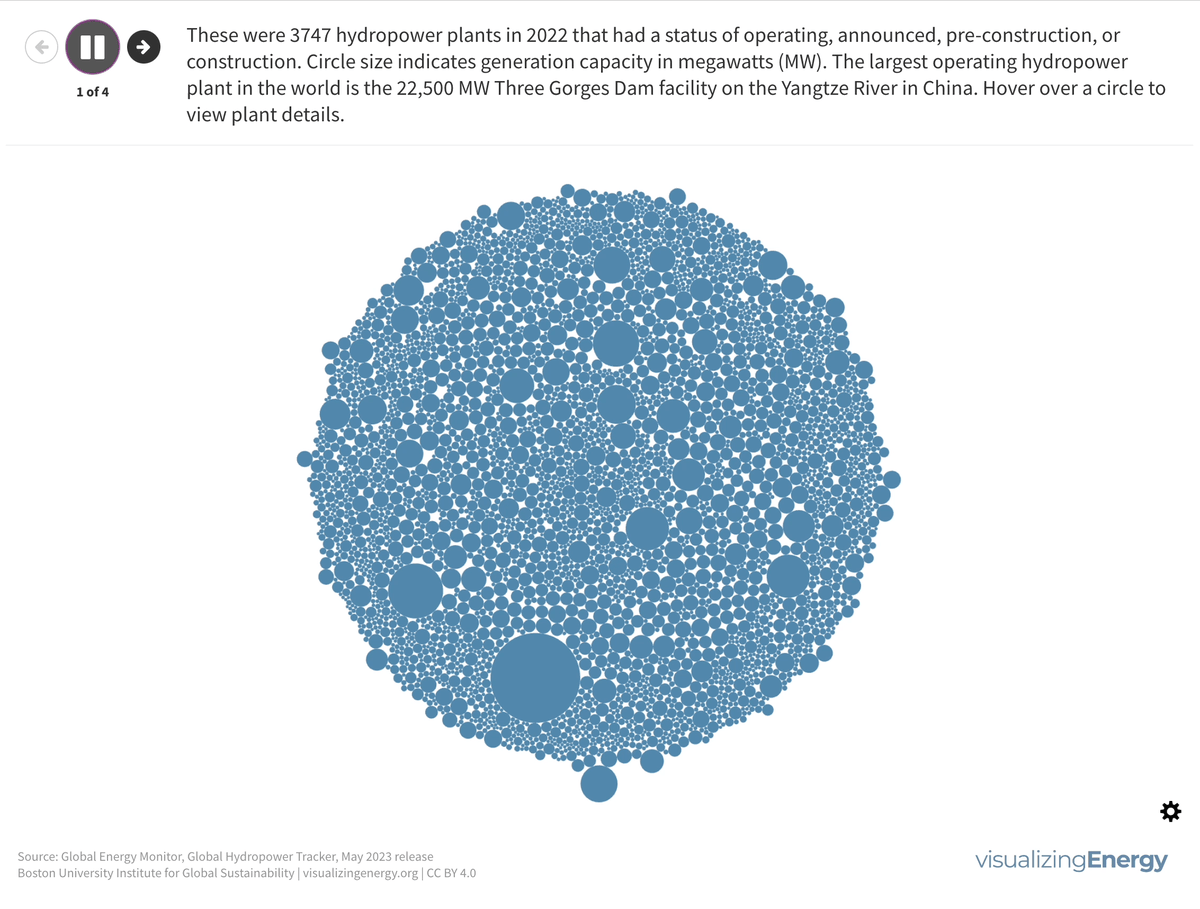
Hydropower, a pioneer in grid-scale electricity generation since the late 19th century, now provides 17% of global electricity, surpassing nuclear, wind, solar, bioenergy, and geothermal combined. While the US and Europe have well-established capacity with limited room for expansion, China, India, Africa, and South America are developing new projects to meet rising electricity demand and reduce greenhouse gas emissions.
How has the technology of hydropower changed since 1898?
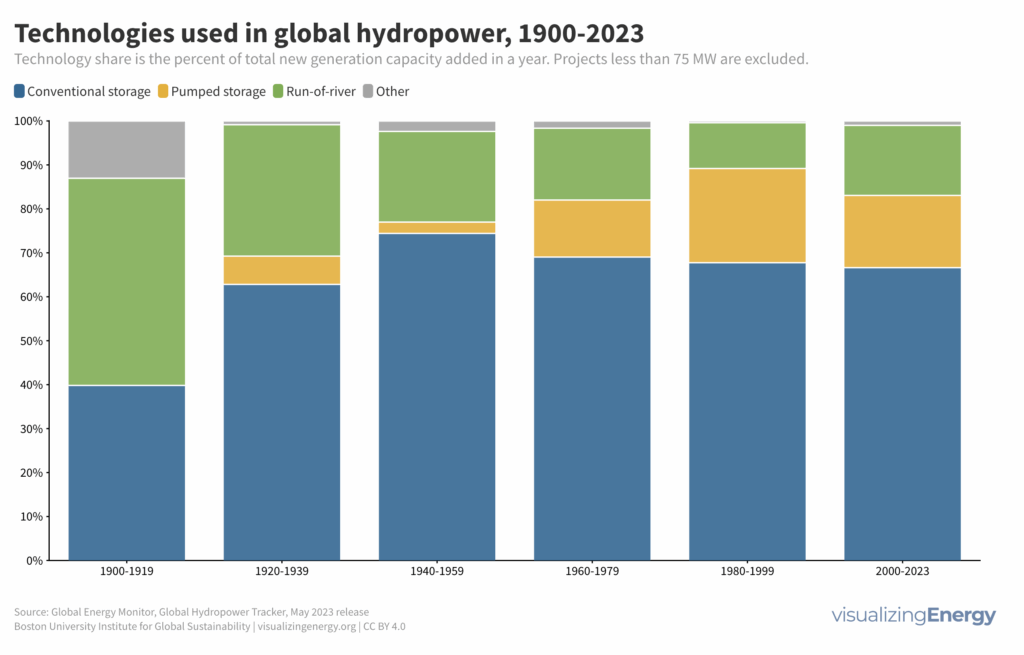
Hydropower plants utilize different technologies to generate electricity. Impoundment facilities use a dam to create a reservoir, releasing water through turbines. Run-of-river plants channel river water to generate power while pumped storage hydropower stores energy by moving water between reservoirs of different elevations. Each technology has its advantages and impacts on the environment and infrastructure.
Explore the solid biomass resources of the United States
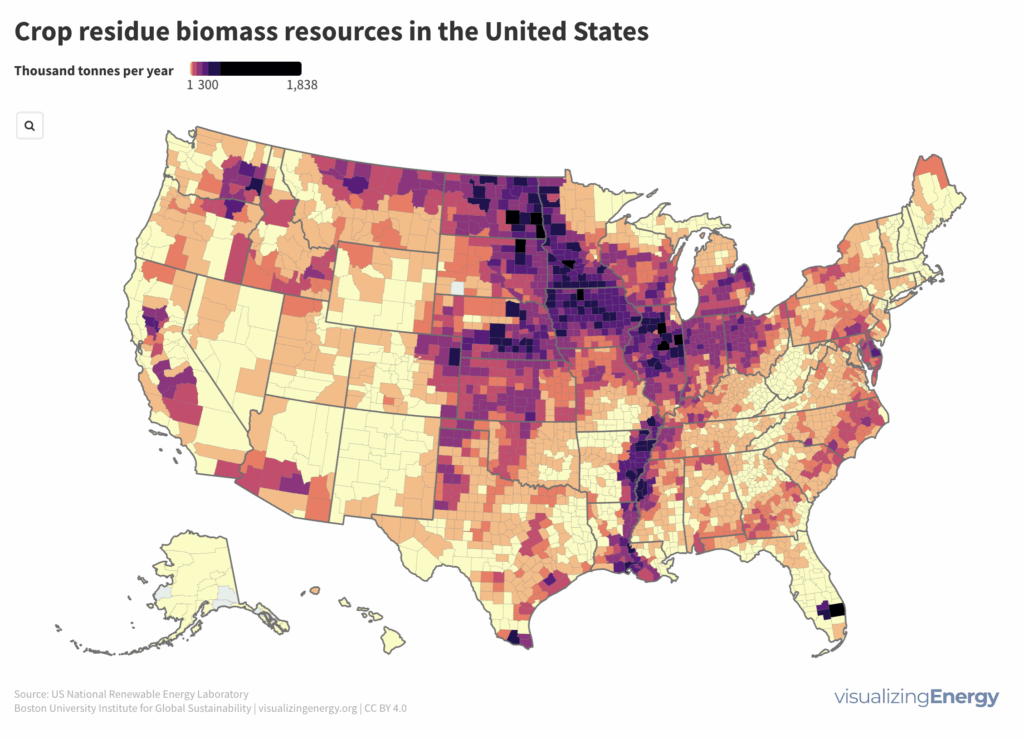
Biomass, derived from plants and animals, is a renewable energy source. The National Renewable Energy Laboratory mapped biomass resources in the US, including crop residues, forest residues, primary and secondary mill residues, and urban wood waste. These resources are used for heat, electricity, and fuel production. The maps offer county-level data for these resources.
What renewable fuels have the largest climate benefit?
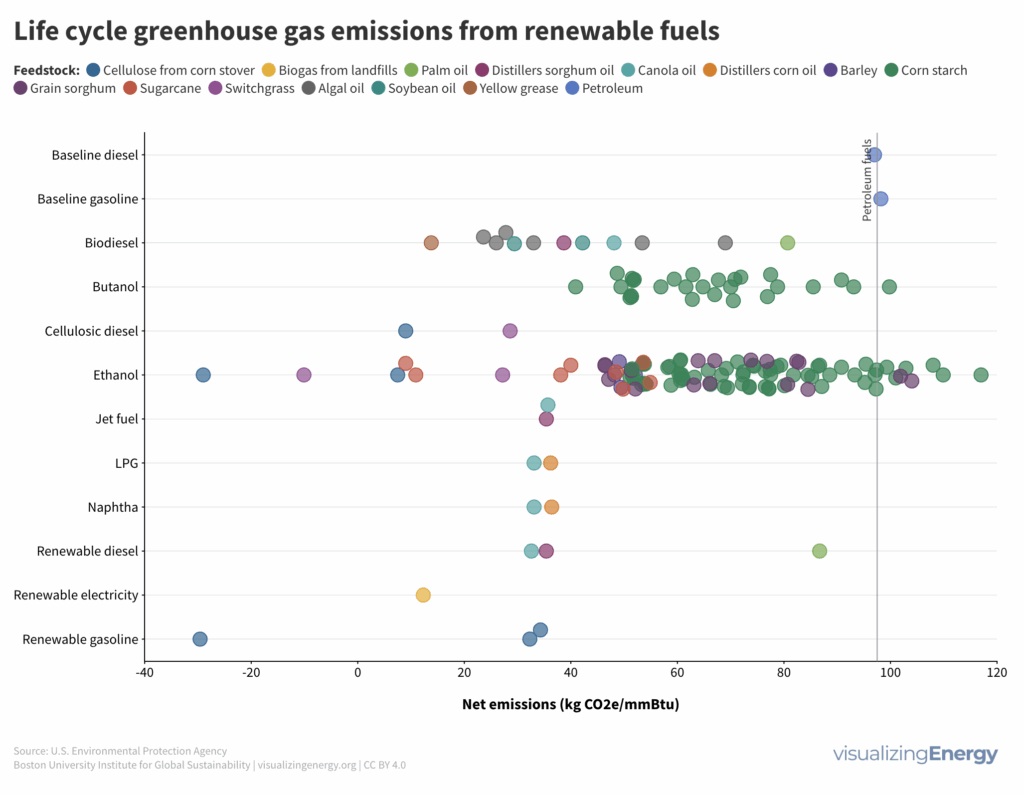
Approximately 91% of transportation energy globally comes from petroleum fuels, creating 29% of US and 20% of global greenhouse gas emissions. Biofuels offer potential emission reductions but raise land use concerns. Ethanol’s carbon emissions have decreased, and ongoing research aims to further reduce them. Government support and investments are driving biofuel expansion.
